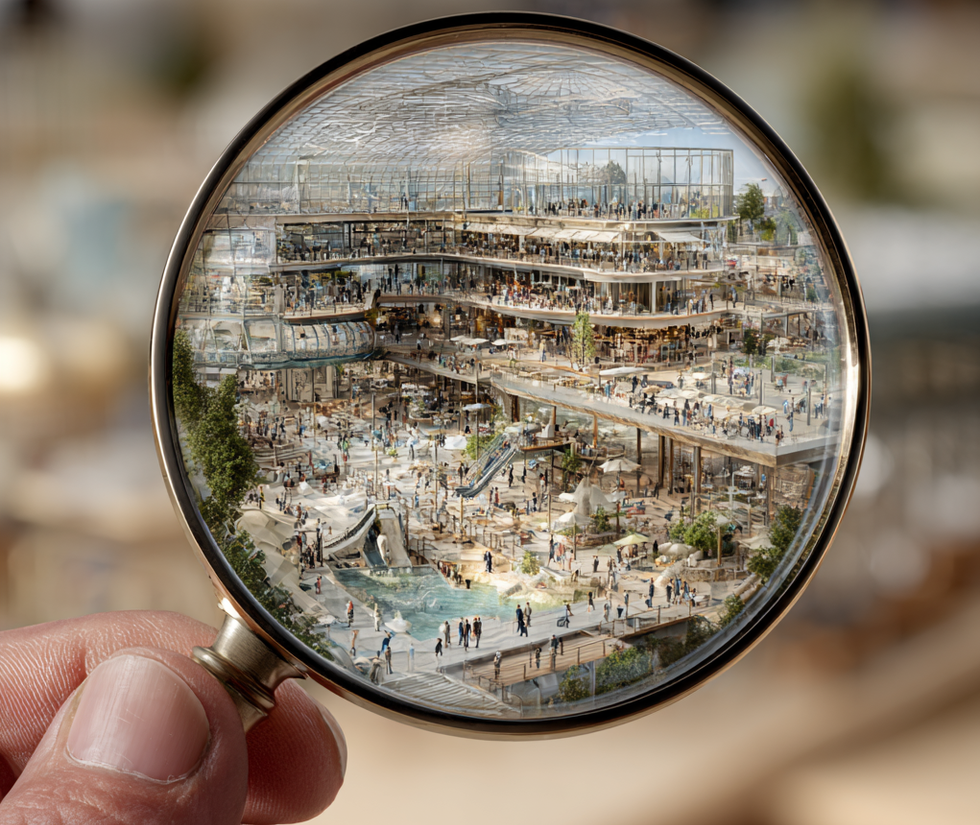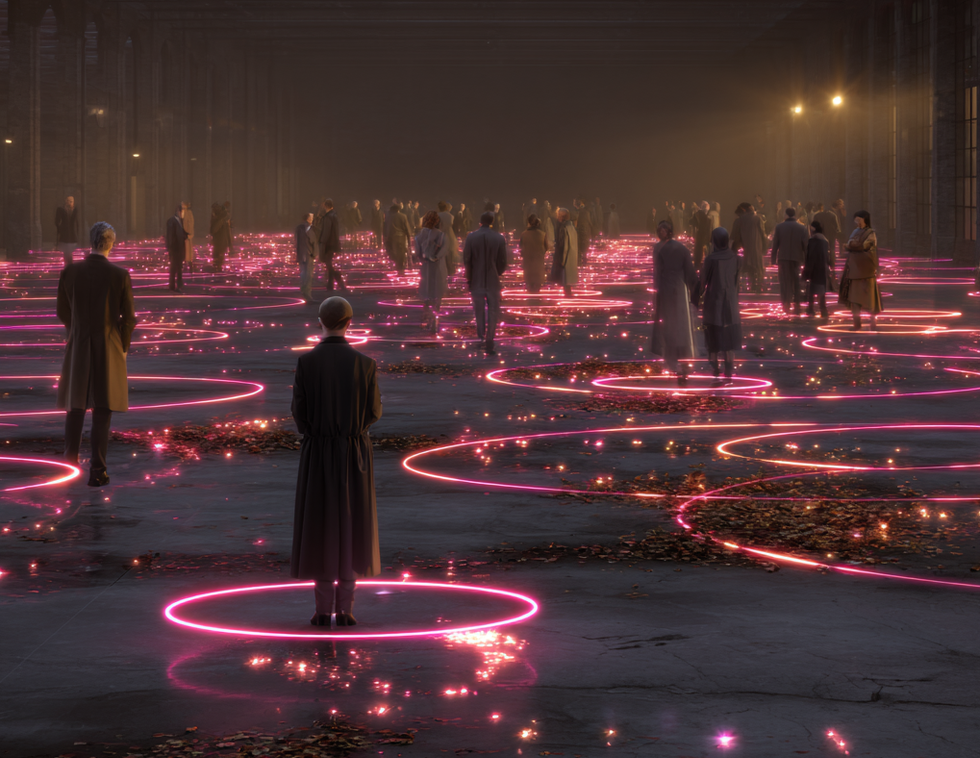By Michael McCrory, Event Network
The gift shop is, in many ways, the most accessible part of an art museum for visitors. In an art museum's busy, overwhelming, and highly academic halls, guests can have a once-in-a-lifetime moment with a specific work or artist. Museum visitors are presented with a galvanizing opportunity to see how the saga of human history on this planet is expressed through the objects, instruments, and art created over the last 5000 years or so.
It’s a formidable proposition, and while art museums around the world are largely intended to be accessible to all and to serve their local communities, many of them, with their marble floors, wood-paneled walls, and dim galleries, can feel overwhelming.
That’s where the art museum gift shop comes in. This is an immediately relatable place, a place where guests can purchase tangible memories. Where a visitor may not have understood a particular piece of art in a gallery or exhibition, here, the art becomes tactile. Creating the perfect merchandise assortment for an art museum store is largely an act of iterating and then editing.
Five key product groups for the art museum gift shop
Ultimately, five major product groups must be addressed when creating an assortment that will engage the broadest range of visitors and increase sales. Let’s take a closer look at these five merchandise groups.
The high-quality reproduction
Edgar Degas famously said: “Drawing is not what one sees, but what one can make others see.” That’s why some people make annual pilgrimages to their favorite art institutions to ‘visit’ a favorite painting. The piece itself hasn’t changed, but they have. And they see the work differently each time.
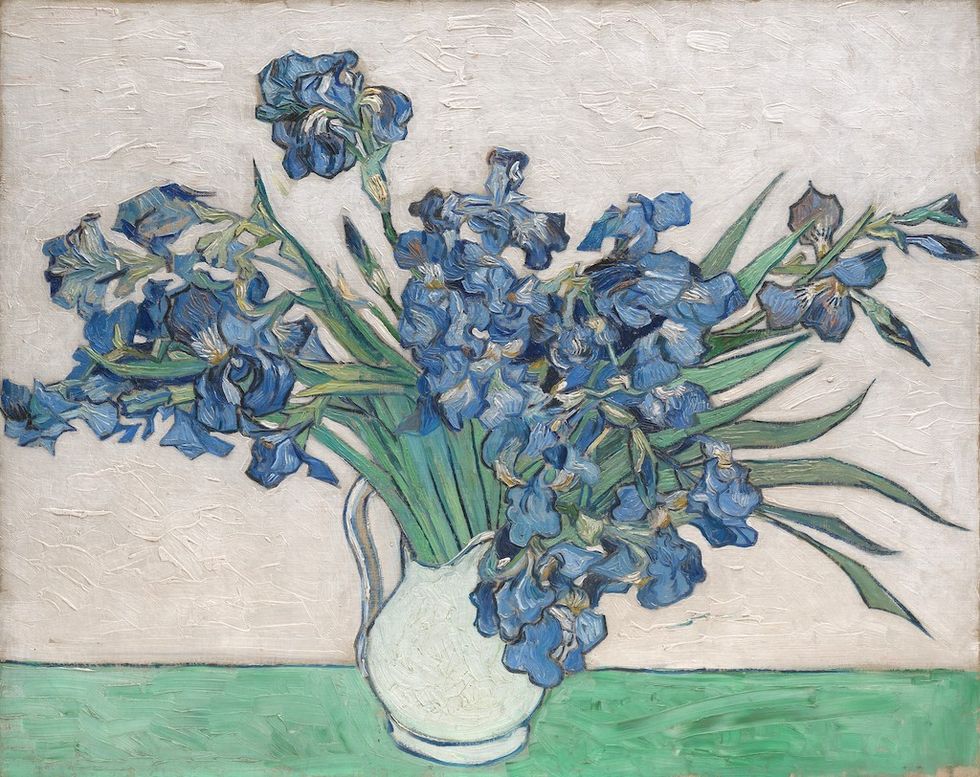
These repeat visitors or those who come to an art museum to see a specific work by a specific artist often arrive at the gift shop seeking a literal reproduction of the piece for their home or office. It’s important that an art museum gift shop stock high-quality replicas of their institution’s most visited artworks. This can mean anything from a postcard to a framed, museum-quality reproduction on stretched canvas.
These items are at the core of any art museum business. The piece is faithfully recreated using high-quality, high-resolution color matching and attention to detail. These items range from magnets to coasters, bookmarks and scarves, tote bags, socks, or umbrellas. The common denominator is that the artwork has remained as the artist intended.
The thoughtful interpretation
The Mona Lisa, Michaelangelo ’s David, Starry Night. These works are so deeply entrenched in pop culture that one might think they are impossible to see objectively. And yet, time and again, people find themselves deeply moved when they stand before these masterworks in person.
The truly delightful part of creating a museum store product assortment is finding ways to use elements of these iconic pieces and interpret them in new and innovative ways. In some cases, this requires a store to execute custom design work, which can be cost-prohibitive. However, many artists and vendors have already made items that could fit this product group.
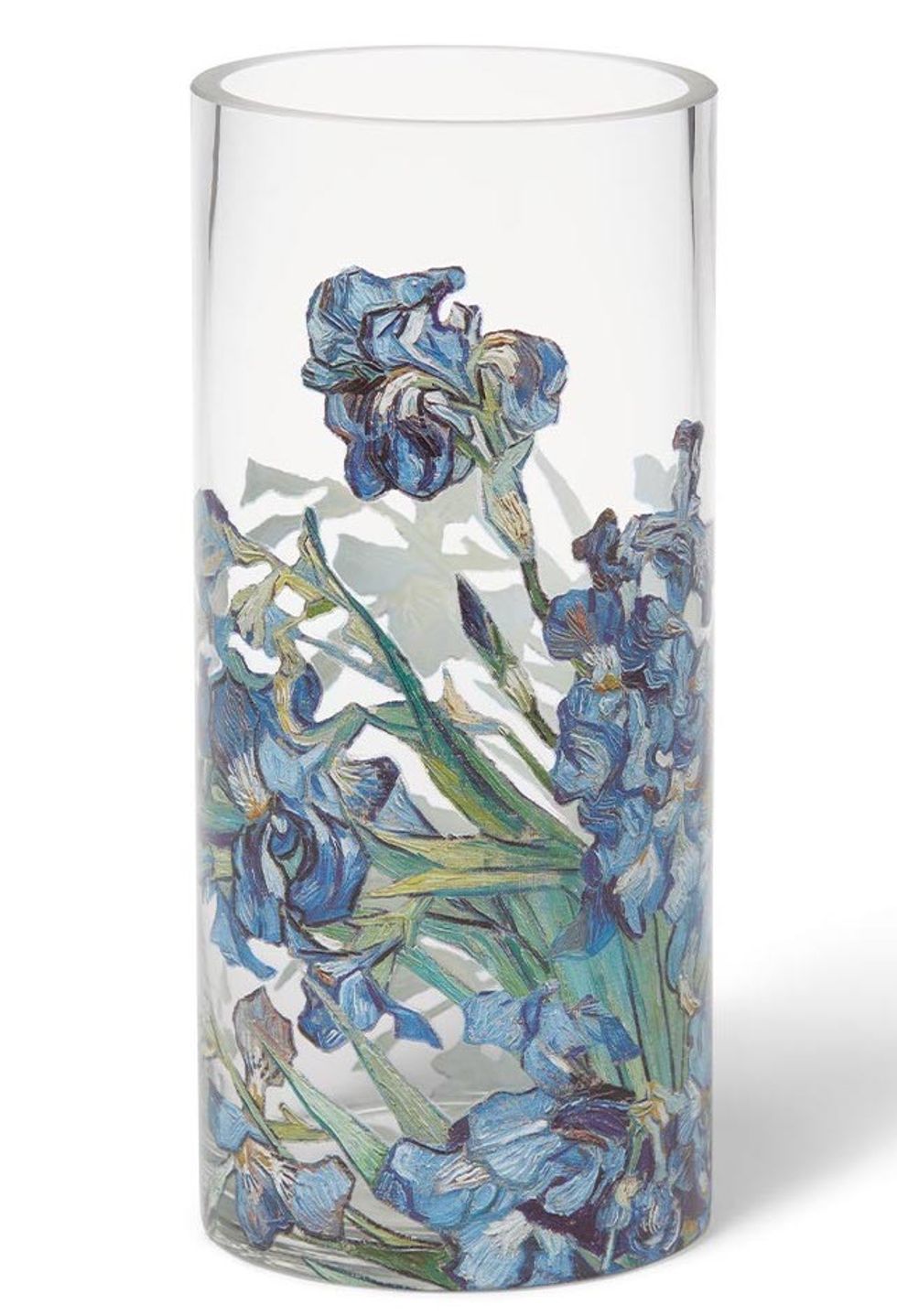
These items take liberties with the original work to create clever, interesting, and sometimes humorous derivatives. These items can range from apparel that creates a new print pattern from existing brushstrokes to jewelry that incorporates elements of the art into the design. This kind of merchandise appeals to a wide range of visitors. They may admire a specific piece but also appreciate the re-invention these items bring to the assortment.
This kind of product invariably sells well in many types of stores. However, the overall assortment must accurately reflect the tone established at your institution. This application of art to merchandise is highly subjective. It's wise to seek curatorial approval when in doubt over the appropriateness of an item or a specific interpretation.
The non-literal, inspired product
These items are the unsung heroes of any art museum gift shop assortment. They can sometimes be the most profitable but are also the most difficult to get right. However, with some practice and creativity, these items can elevate a store and connect to the visitor's lifestyle. This is a collection of merchandise that takes inspiration from the art.
Strategically speaking, they should be ordered towards the end of the purchasing cycle. That is because it’s important to know what the items will appear next to in the store.
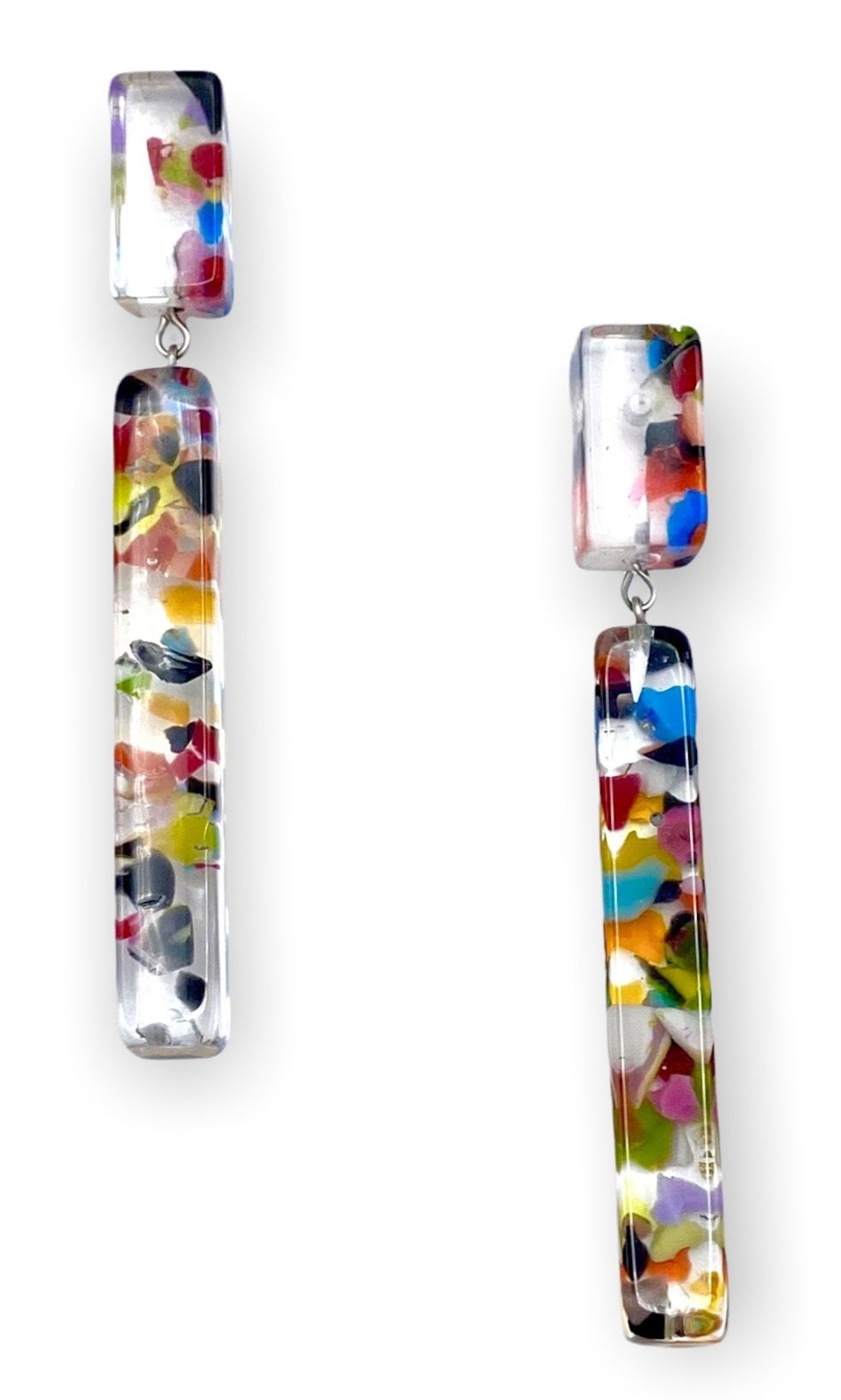
These are items, frequently apparel, accessories, self-care, or home goods that were not designed with a specific art, artist, or era in mind. But, when displayed next to the art-specific assortment, they extend the scope of the collection.
Imagine, for example, an assortment of merchandise supporting a Claude Monet exhibit featuring his masterful garden paintings. After purchasing several high-quality reproductions and then ensuring you include merchandise that represents a thoughtful interpretation of the collection, you might also add beautifully wrapped bars of lavender-scented soap from a local vendor.
Including this kind of item, which is not literal but rather inspired by the exhibit, elevates the presentation. It takes the idea represented by the art piece into a new and tactile place that engages the visitor’s senses.
This is where a buyer can show their creativity by looking for things that bring guests an unexpected connection while not necessarily referencing the specific piece of art.
The take-home tools
It’s undeniable that an art museum is a very special place. Here, the work of centuries of artists is on display. Visitors can imagine their lives, why they created what they did, and what inspired them. That sensation of being surrounded by inspiration and expression is nearly electric. It is also contagious. This is where the art museum gift shop serves a very noble purpose- as the landing spot for inspired people to explore the art they can make.
This product category covers a wide range, from pens and pencils, sketch pads, and paints to books on drawing and painting. These are the tools to make art. It’s important to stock options that appeal to beginners and items to inspire those who already incorporate art into their lifestyle. Merchandise in this category does not need to be for the professional artist. They likely already have an established source for their preferred supplies. Instead, it is an outlet for the inspired hobbyist.
This is also an area where items that inspire children tie in nicely. Think about toys that encourage and teach building, painting, and drawing. There are countless biographies about famous artists, many of which are written to inspire children. As with most assortments geared to a young audience, it’s vital to be intentional with your purchasing and represent the unique diversity of your young guests.
The brand builder
For many visitors, the institution itself is what draws them back. Perhaps they have cherished memories of field trips to the museum as children. Maybe they are members or frequent donors to the museum. For these guests, an item that features the institution's official logo may be what they are looking for.
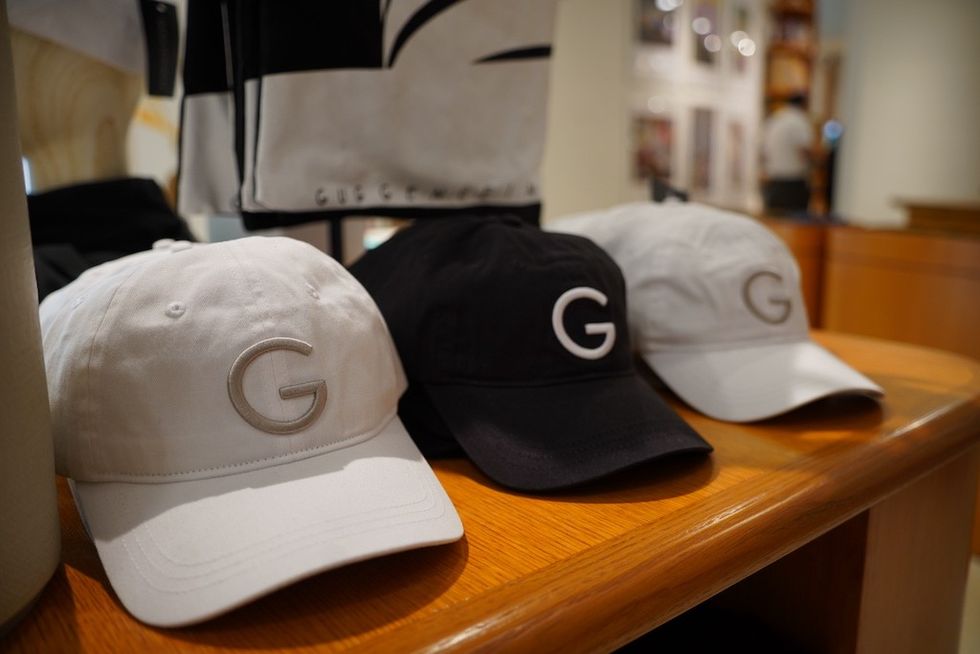
Most cultural institutions have strict guidelines regarding the use of their brand, the appropriate colors and application. Logoed merchandise commonly sold is hats, magnets, mugs, tee shirts, notebooks, and keychains. These items should receive curatorial approval whenever possible.
It’s essential to stay connected to your institution’s marketing team and be aware of plans to edit or change the logo. It’s best to have plenty of time to cancel reorders and strategize a plan to sell your logoed product ahead of a significant institutional change.
If you work on representing all five of these product groupings in your art museum store, you will surely have something that will connect with your visitors. Remember, the most important function of an art museum gift shop is to provide guests with a tangible memory of their visit. Those memories and the connections you help them make in the store will bring them back to the museum year after year.
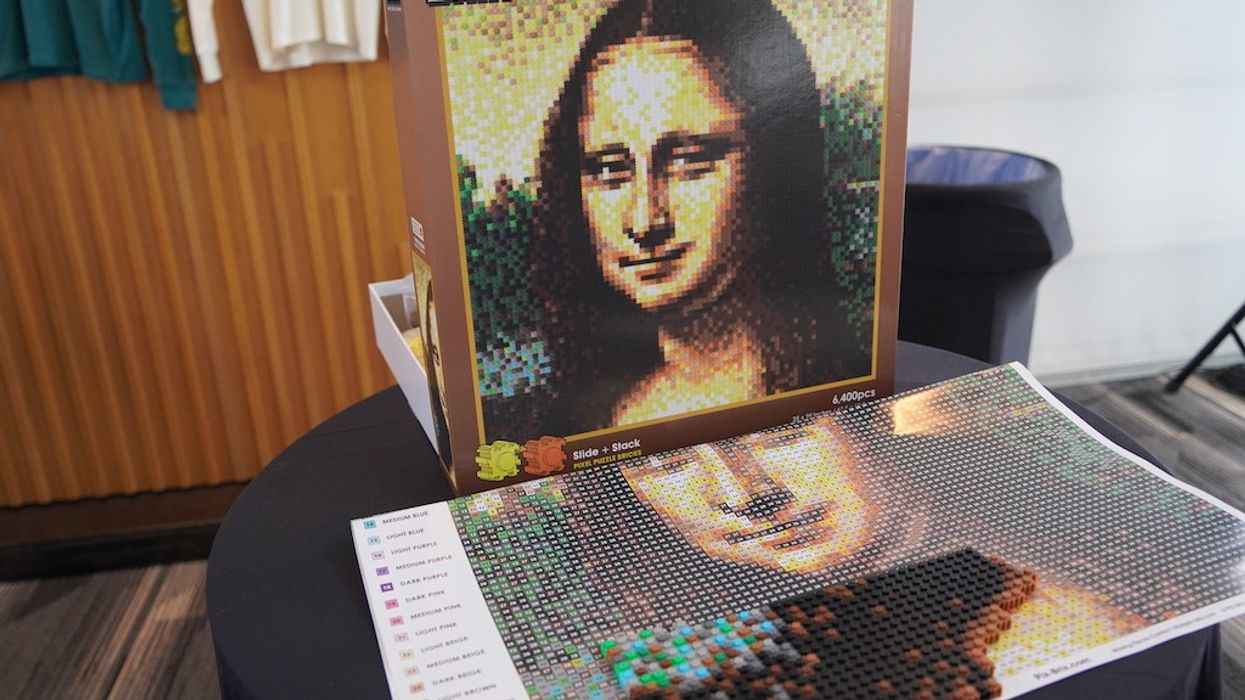




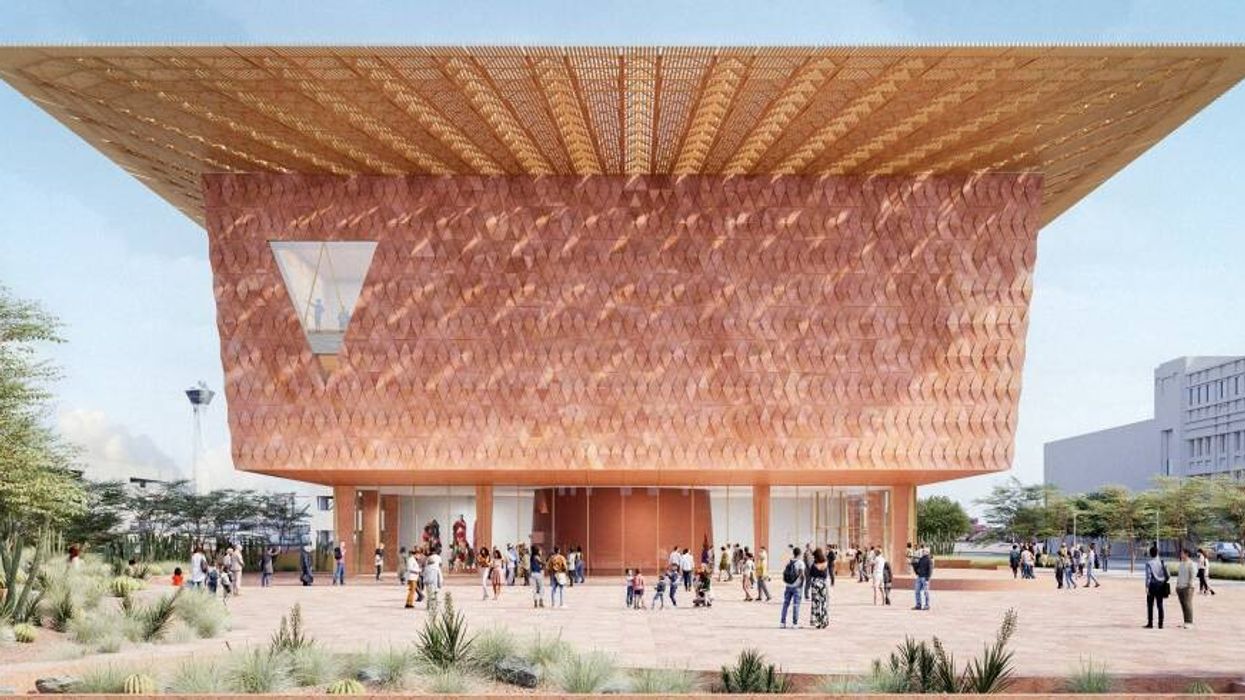

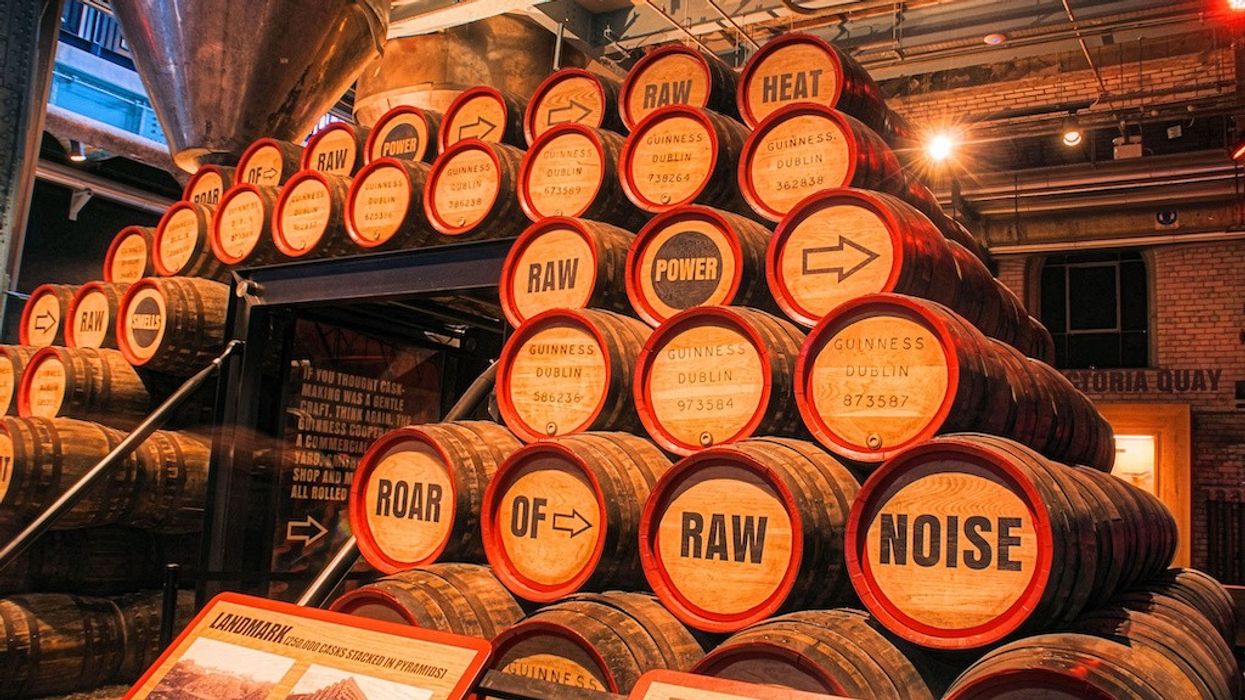
 Christian Lachel, chief creative officer, BRC Imagination Arts
Christian Lachel, chief creative officer, BRC Imagination Arts  Image credit AA+W - stock.adobe.com
Image credit AA+W - stock.adobe.com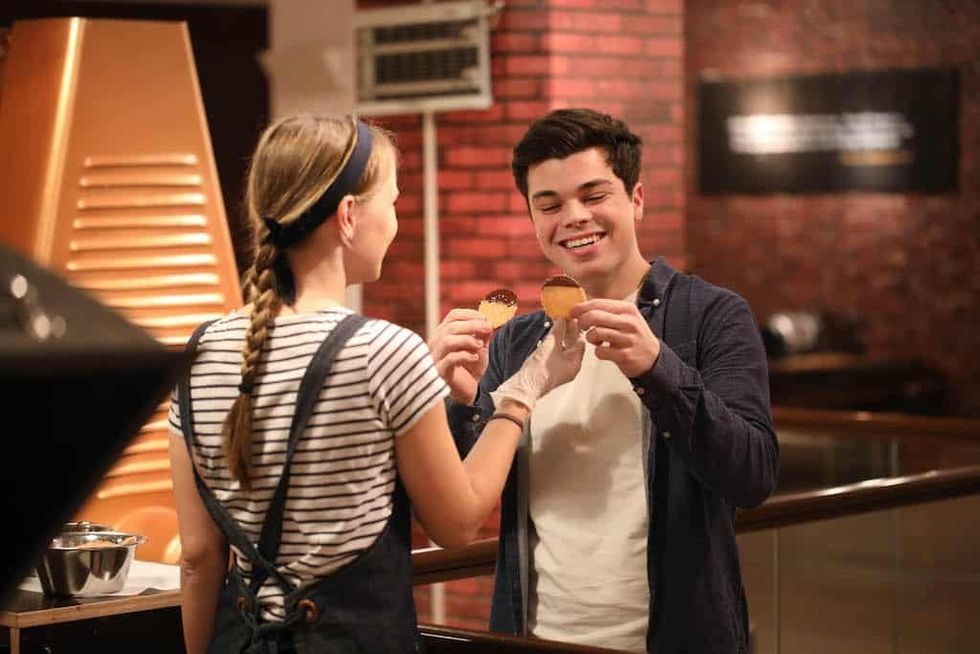 Chocoversum Image credit Sebastian Fuchs
Chocoversum Image credit Sebastian Fuchs  Belgian Beer World
Belgian Beer World 






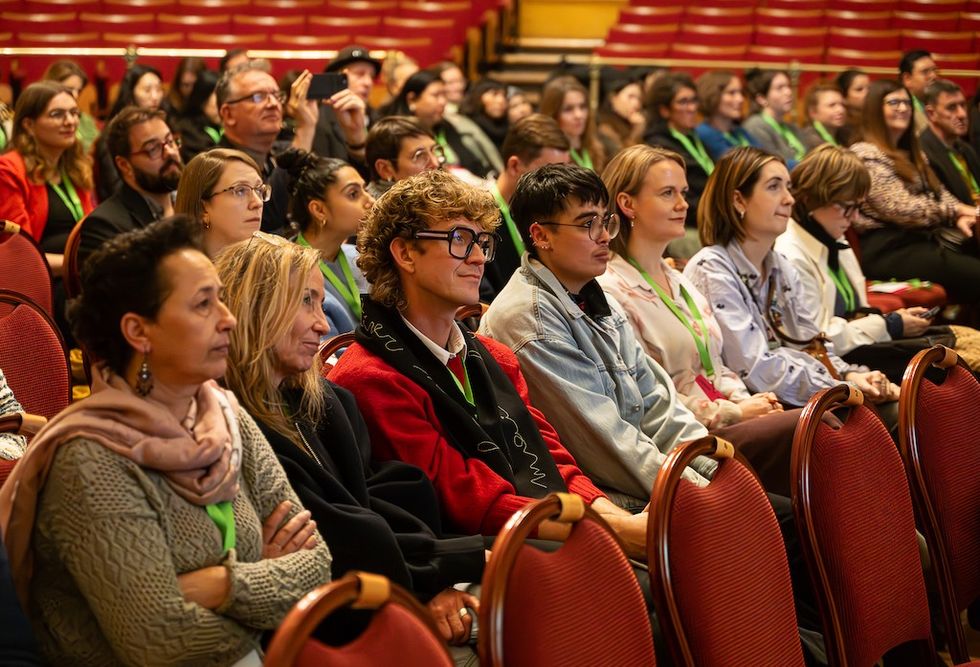
 Young V&A Youth Collective members have a tour of the Young V&A construction site. Image courtesy of Young V&A.
Young V&A Youth Collective members have a tour of the Young V&A construction site. Image courtesy of Young V&A.  Floriane Perot and Ellis Hendriksen
Floriane Perot and Ellis Hendriksen
 Amber Ogunsanya-William
Amber Ogunsanya-William Tumblestone Hollow adventure playground by CAP.CO
Tumblestone Hollow adventure playground by CAP.CO 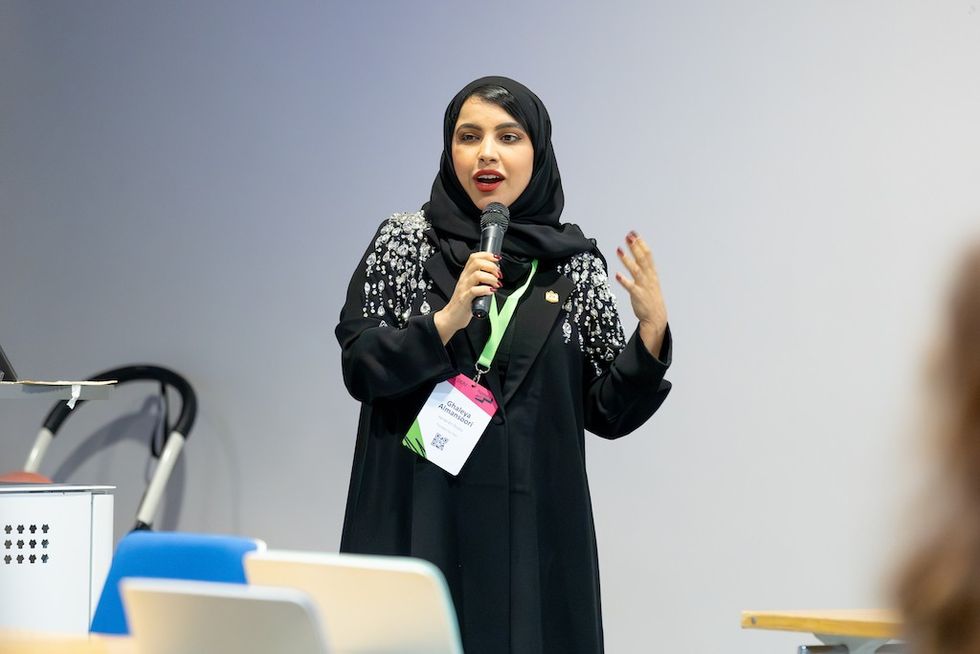 Ghaleya Al Mansoori
Ghaleya Al Mansoori
 Dame Rachel de Souza
Dame Rachel de Souza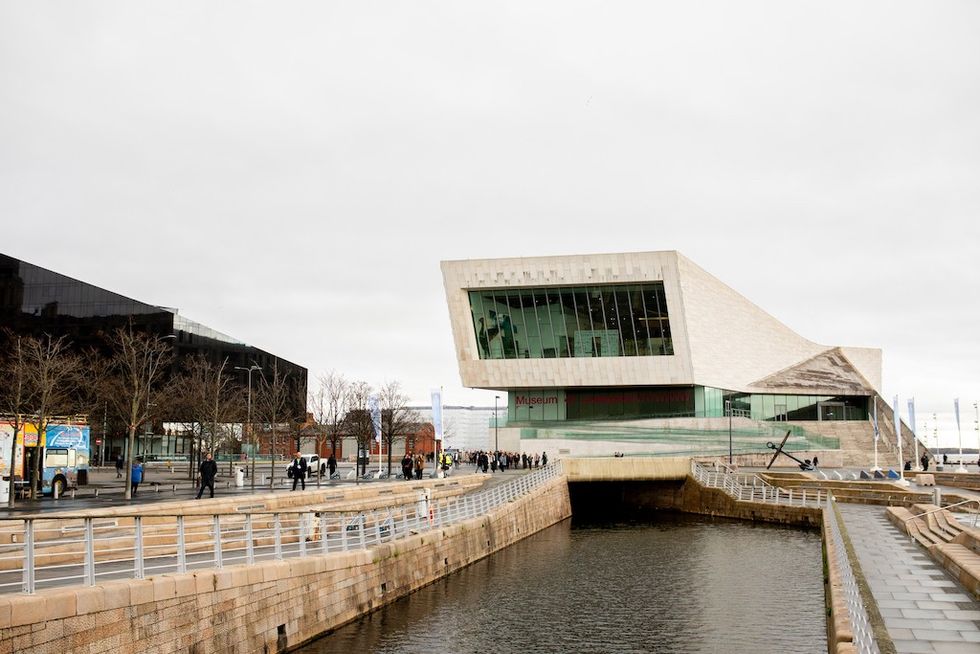 Liverpool Museum
Liverpool Museum


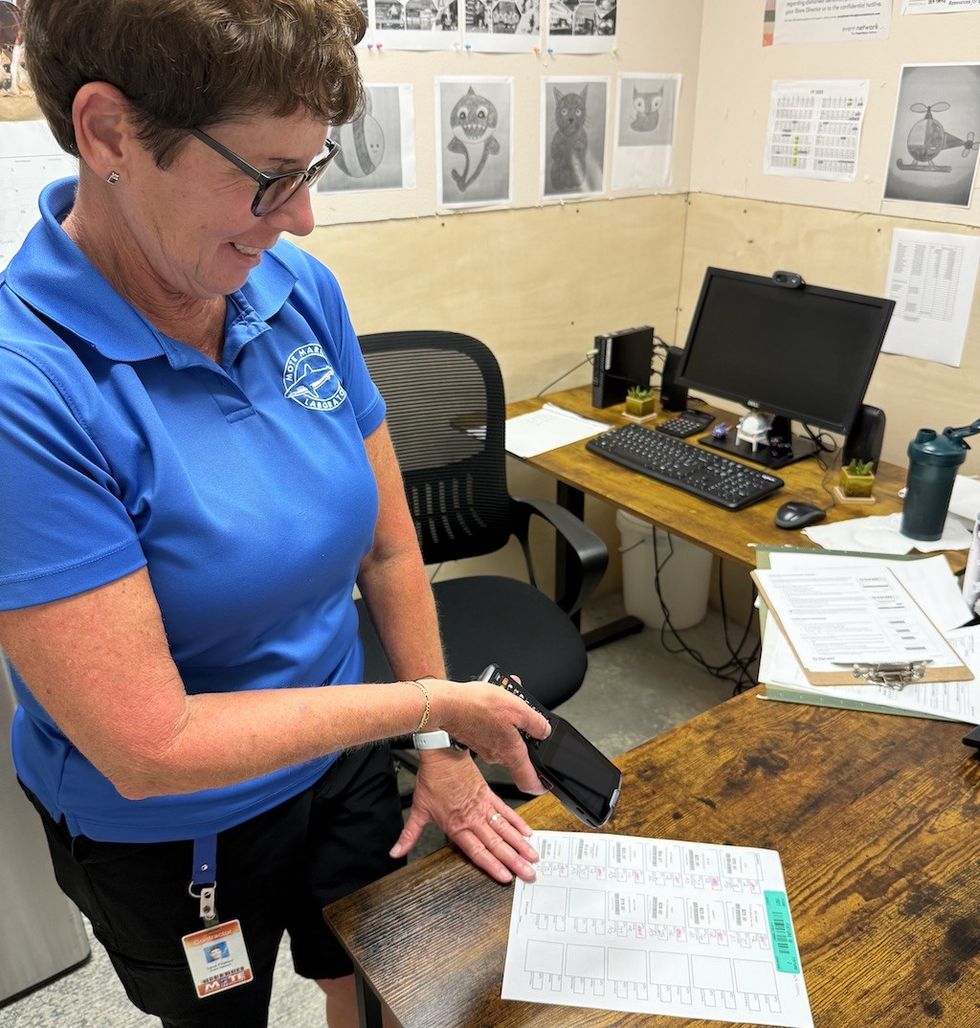


 Guests display a commemorative UN stamp sheet marking the 100th anniversary of the Palace Museum at the UN headquarters in New York, May 2025 (Xinhua)
Guests display a commemorative UN stamp sheet marking the 100th anniversary of the Palace Museum at the UN headquarters in New York, May 2025 (Xinhua)

